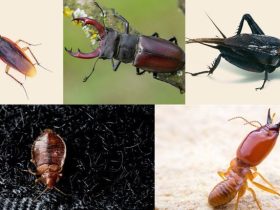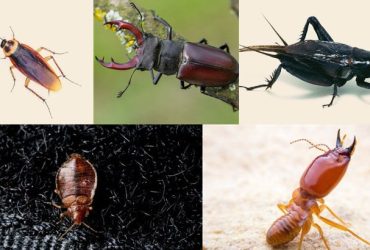A line of ants carrying food parcels is a common sight in many homes. And while most of us would assume that ants are just ground creatures, flying ants also exist. These little critters can be a nuisance in your home.
Learn more about these little winged creatures and what flying ants are attracted to so you can take the right measures to eliminate and prevent more flying ants from entering your home.
What Are Flying Ants?
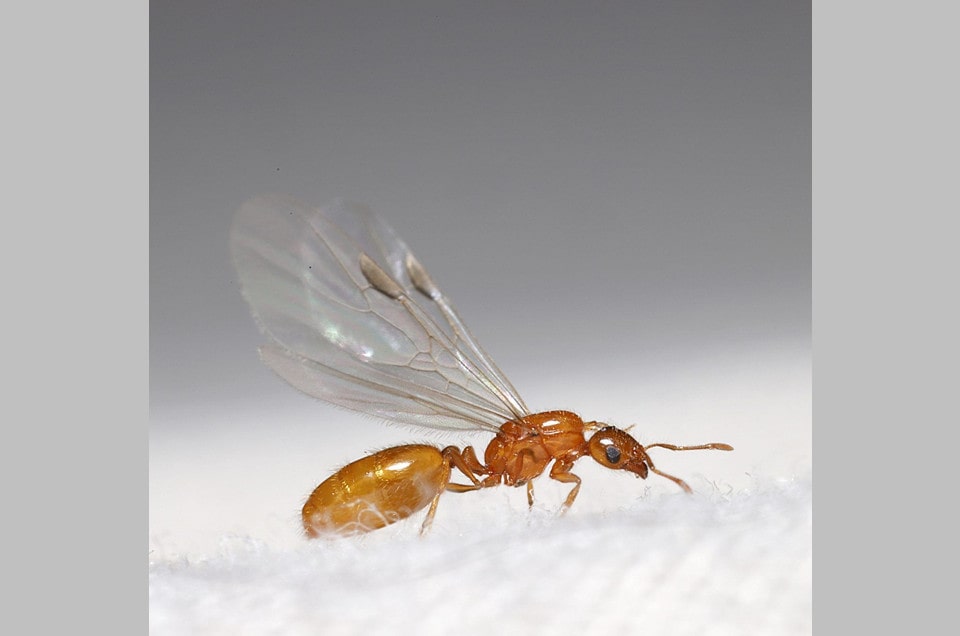
Image source: Pinterest
Believe it or not, flying ants are the same as your typical female black worker ants looking for food. But during summer, when the weather is hot and humid, the winged males and the new queens take flight. This is typically when you can expect regular sightings of these winged ants.
Winged ants are also referred to as alates, reproductive, or swarmers and are characterized by their elbowed antennae and thin waist. Their hind wings are also smaller than their front wings, which differentiates them from similarly winged termites.
Flying ants are the sexually mature and reproductive ants of their colonies. These winged creatures spread their wings so their queen ants can mate with males of other colonies. The goal of this nuptial flight is to expand their territories as they build new nests and eventually a new colony.
Flying ants typically go out as a group to protect themselves from predators. Additionally, going out as a team makes the trip worth it because they have a better chance of finding new mates.
What Are Flying Ants Attracted To?
Flying ants head for bright lights or areas where they can find food. And much like their wingless counterparts, winged ants also love to linger in areas where there are sweet delicacies like sugar and honey. So, if they do go inside your home, they’ll probably head to your kitchen or dining table first for any sweets.
Flying ants are also attracted to heat, so they’ll likely seek shelter in rotten or soft wood or anything enclosed that can protect them against predators and natural elements like rain. You’ll also find a few flying ants in areas with water leakages.
How Long Do Flying Ants Stay Around?

Image source: Pinterest
Flying ants are keen on their purpose of mating. After they leave their colony, the male flying ants generally have only a couple of hours to live.
On the other hand, the queen ant is just starting with her new role and purpose in life. The queen ant has 30 more years to do its duty so long as she is safe in the nest. After mating, the queen will bite its wings off and find a new nest to lay her eggs and build a new ant colony.
Amongst her eggs are the “princesses” or the future queens who will also embark on the same journey in the future — to fly away from the nest, mate, and create their settlement.
How To Get Rid Of Flying Ants
When you see several winged ants around your home, especially during the winter, you probably have an uninvited colony living with you. Unfortunately, killing a few flying ants is not enough — to completely get rid of flying ants, you need to find and get rid of the colony.
If most of the colony survives, especially the queen ant, then they can easily re-establish their numbers during the nearest mating season, and you’ll be back to square one with the same problem.
So, here are some solutions that you can try so you can eradicate a flying ant’s colony.
#1. Use Natural Ant-Repellant Solutions
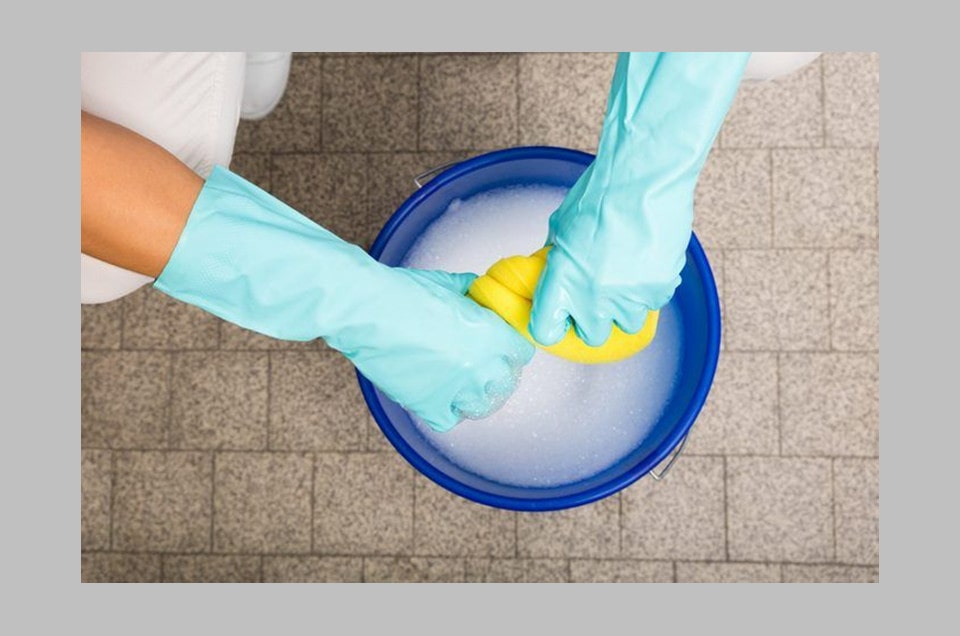
Image source: Pinterest
Peppermint is known to repel ants because the smell suggests a predator’s presence. To create your repellent solution, mix one part of liquid dish soap with two parts of water and then add a few drops of peppermint oil. Mix this in a spray bottle and then spray where you think their nest is.
The soap in this solution will dehydrate the ants, while the peppermint extract is intended to suffocate them. If you don’t have peppermint oil, you can also use cedar wood, cinnamon, clove, and tea tree oil.
#2. Commercial Pesticides
If the natural solution doesn’t work, you can always spray pesticides to address your flying ant invasion.
Make sure you implement preventive measures if you use commercial-grade pesticides indoors, especially if you have children and other pets.
#3. Boiling Water
For this method to succeed, you must first identify exactly where the flying ant colony is. You can observe and follow the trail of these little creatures, and you’d know if you are at the correct spot if you see a swarm of them.
Once your target is locked, pour boiling water on their territory via the hole at the top of their nest. Keep pouring boiling water until there are no survivors.
#4. Sticky Fly Traps
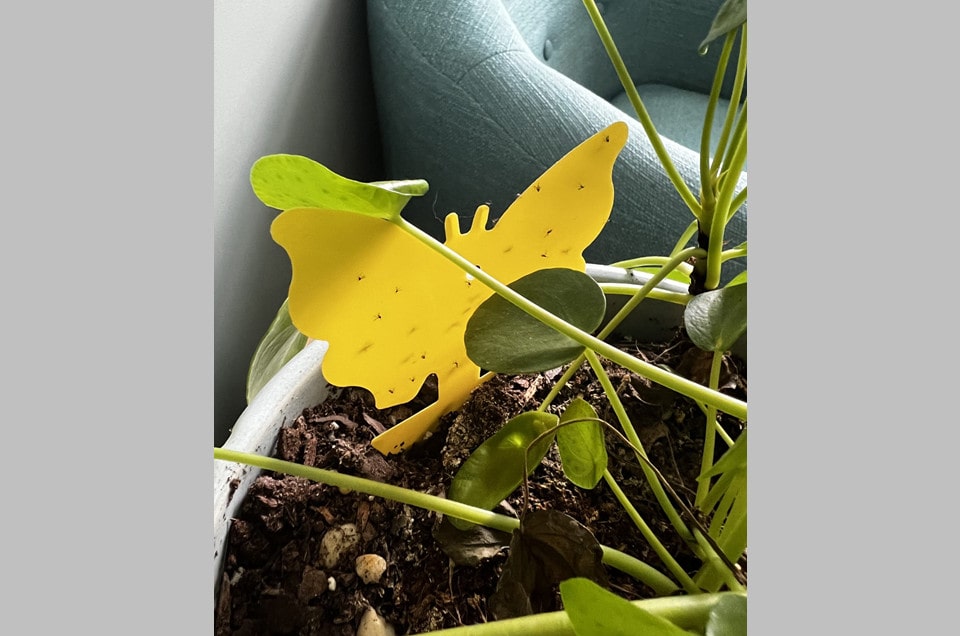
Image source: Pinterest
Another way to get rid of flying ants is to use glue traps. Just place multiple traps around your house, especially where you see most of the ants congregate.
You can also create a fly trap using tape strips with the sticky side placed outwards. You can sprinkle something sweet like sugar on top to lure the flying ants.
If all DIY methods fail, call a professional exterminator to address your flying ant problem.
Featured image source: Pinterest.com



